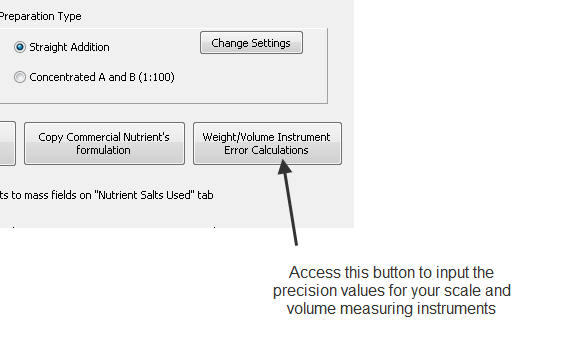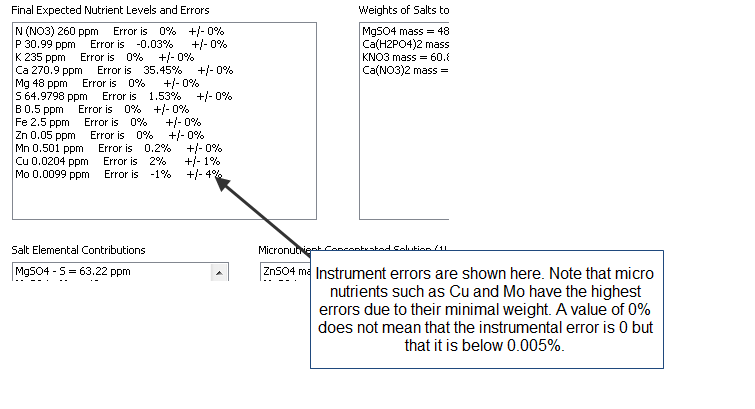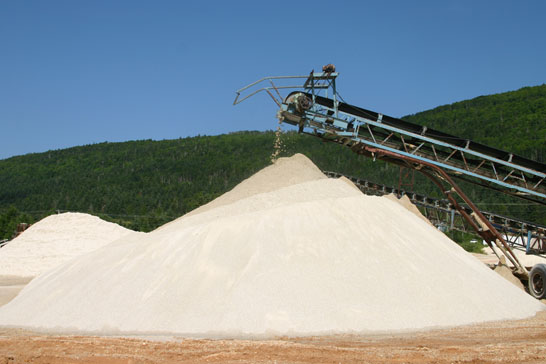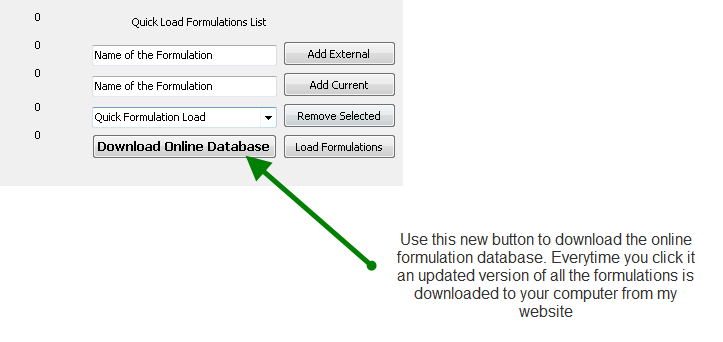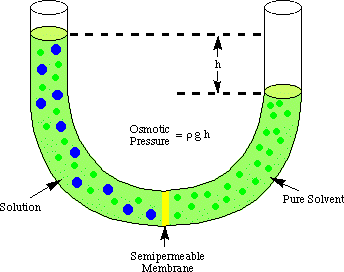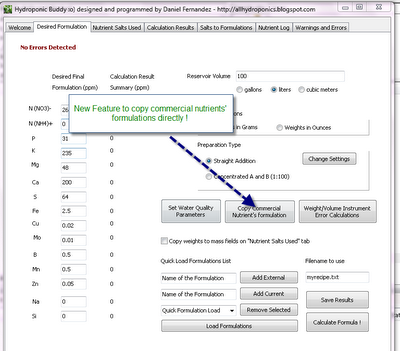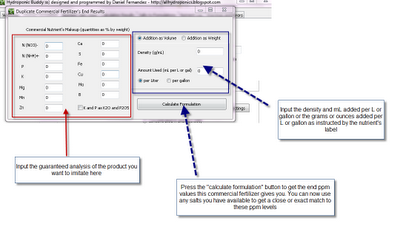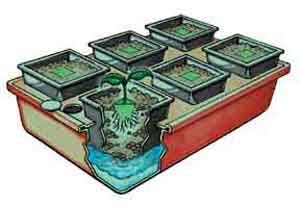Walking Towards v.1.0 : Why Development of HydroBuddy is Taking Its Time
If you had been following my development of the free HydroBuddy nutrient calculator your probably have wondered why development seems to have “stopped” during the past few months. The truth is that beyond the fact that I have been quite busy – with my other occupations – I have actually decided to implement some very large changes to HydroBuddy before version 1.0 comes out. On today’s post I will take some time to discuss the changes I will be implementing and what these changes will bring when v.1.0 finally comes out, probably in January-February 2011. I will talk about the current problems on the calculator and what solutions I am working on.
–
HydroBuddy is currently a stand-alone free hydroponic nutrient calculator which anyone can use. It is a simple tool for the calculation of nutrient weights or the reverse-engineering of commercial nutrient solution allowing users to perform a ton of analysis without too many complications. However the software does have a few problems which I believe need to be solved if HydroBuddy is to become the most complete and BEST hydroponic nutrient calculator online (even when compared amongst commercial ones).
The first big problems that come from HydroBuddy lies within its software implementation. The program was built within Delphi 2010, reason why compatibility with other operating systems is minimal (if available at all). For this reason I have decided to port the whole program into Lazarus, allowing me to get full Linux and Mac versions released from v1.0 onwards without any further problems.
The second – and perhaps the biggest problem – in HydroBuddy, is the way in which the calculations and database were implemented. HydroBuddy doesn’t use a formal database but a series of arrays which it uses to calculate/store the solutions to the problems its presented with. The new version will include a proper database engine which will allow us to greatly expand the scope of HydroBuddy, this will also allow me to solve another problem which makes HydroBuddy “miss” some solutions if combinations of certain salts are used. By implementing a proper database and powerful linear equation solvers the new version of HydroBuddy will be much more powerful and good enough to become a standard for not only hobby but many scientific applications.
As you see, the above changes require me to practically reimplement the whole program but certainly they are worth making since they will make HydroBuddy’s core much more robust than with its current implementations. With this HydroBuddy will be able to easily store much more data, solve problems much more accurately and become much more “user friendly”. It will certainly take me some time – as I only do this development when I have free time – but it will definitely pay off in the end as it will be a free solution for anyone looking for a software package to help them calculate their nutrient solutions.
In the meantime feel free to use the v0.98 of HydroBuddy which already solves many of the problems of nutrient solution making and allows anyone to prepare their own hydroponic solutions without having to perform any manual calculations :o) Thank you very much for all your support and interest !

